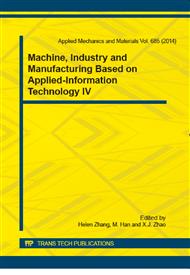p.173
p.178
p.182
p.187
p.191
p.195
p.199
p.204
p.208
Simulation and Analysis of Formula Racing Car’s Diffuser Based on CFD Technology
Abstract:
It is vital to reduce lift generated by a racing car while traveling with high speed for the sake of overall performance and stability. Simplified formula student racing car models with seven diffuser angles and without diffuser were simulated based on CFD technology. Aerodynamic forces and corresponding coefficients were achieved for all eight models. The calculated results show that the lift generated by the car in the high speed can be reduced by a diffuser effectively. The aerodynamic characteristics of a racing car will be greatly improved by adding a rational designed diffuser, which may cut down lift dramatically with only little drag produced. This paper provides theoretically support for improving racing car aerodynamic characteristics.
Info:
Periodical:
Pages:
191-194
Citation:
Online since:
October 2014
Keywords:
Price:
Сopyright:
© 2014 Trans Tech Publications Ltd. All Rights Reserved
Share:
Citation:


